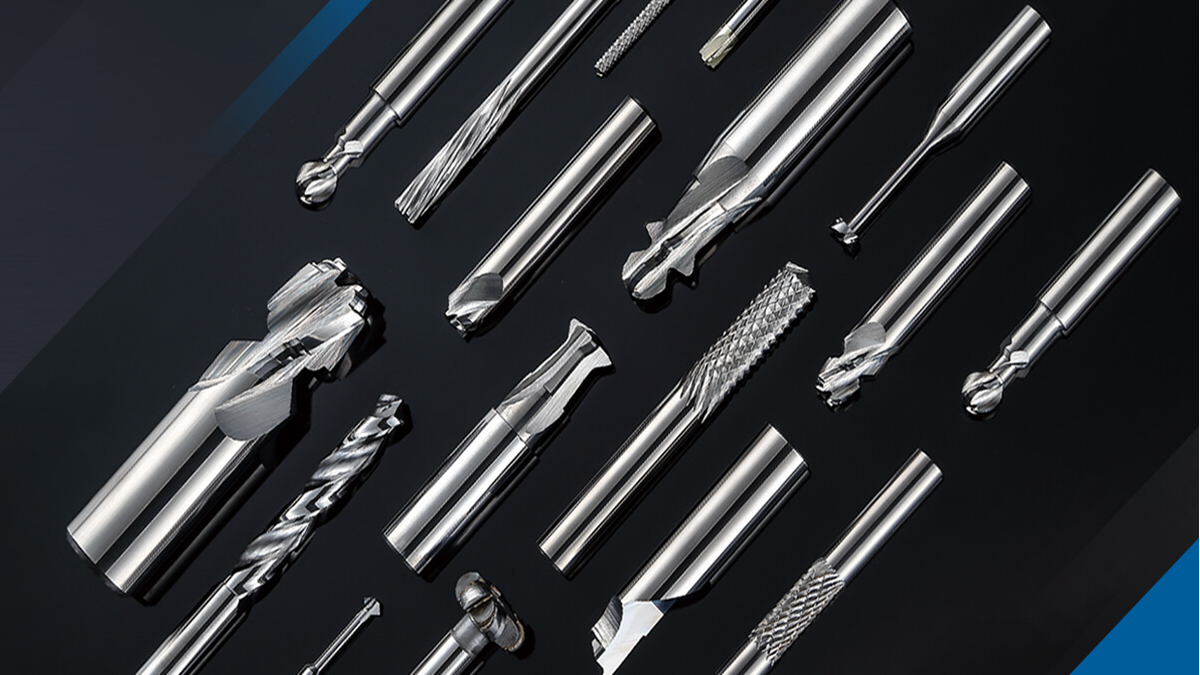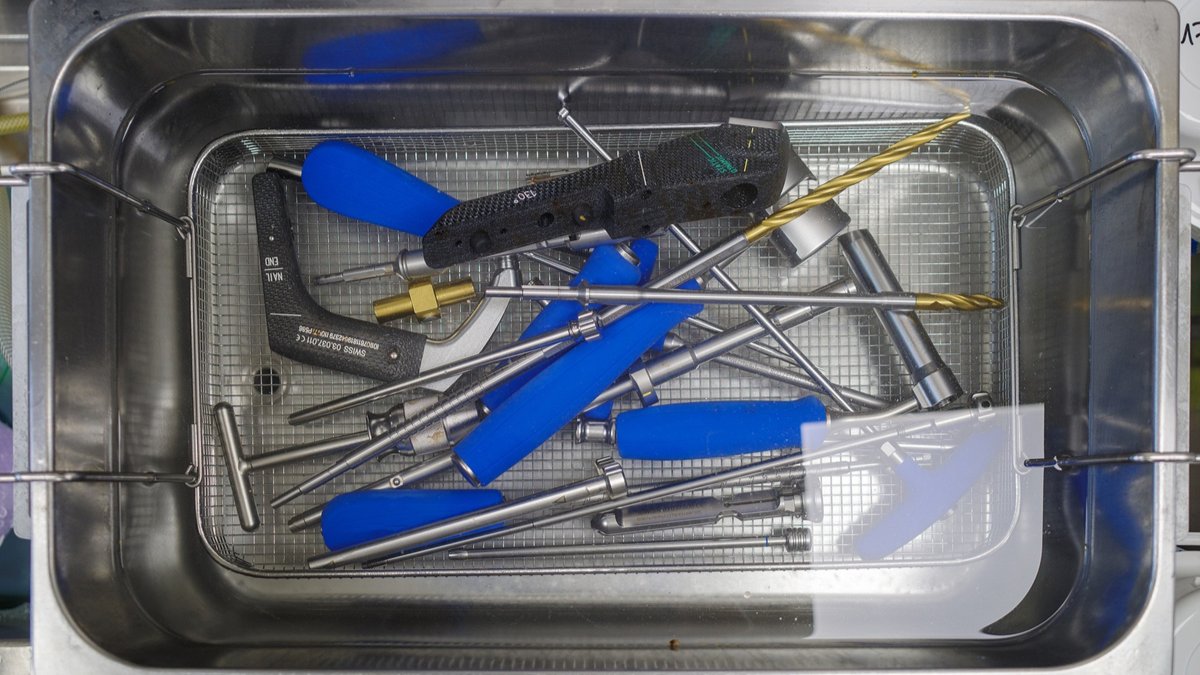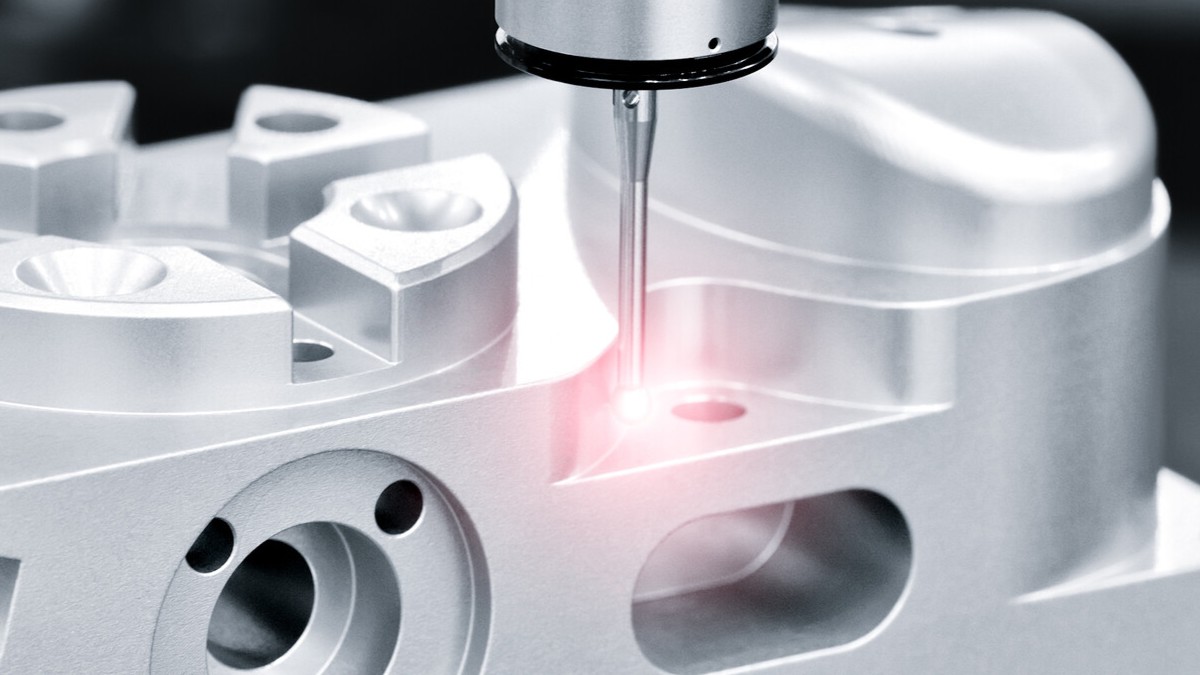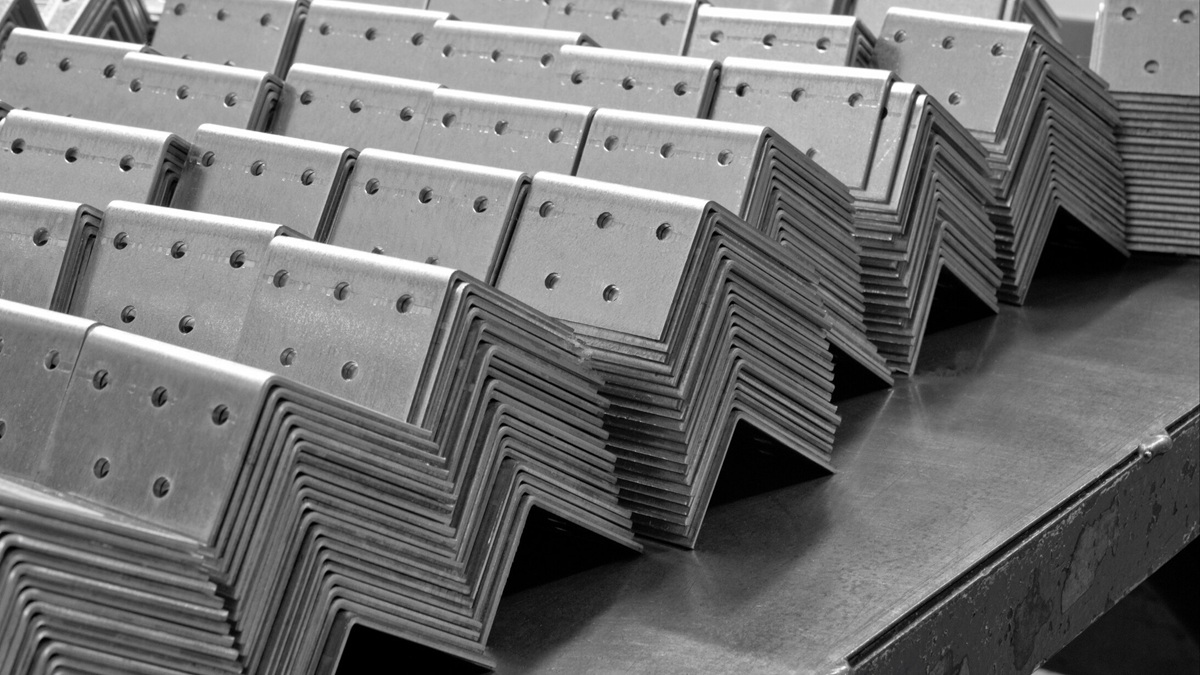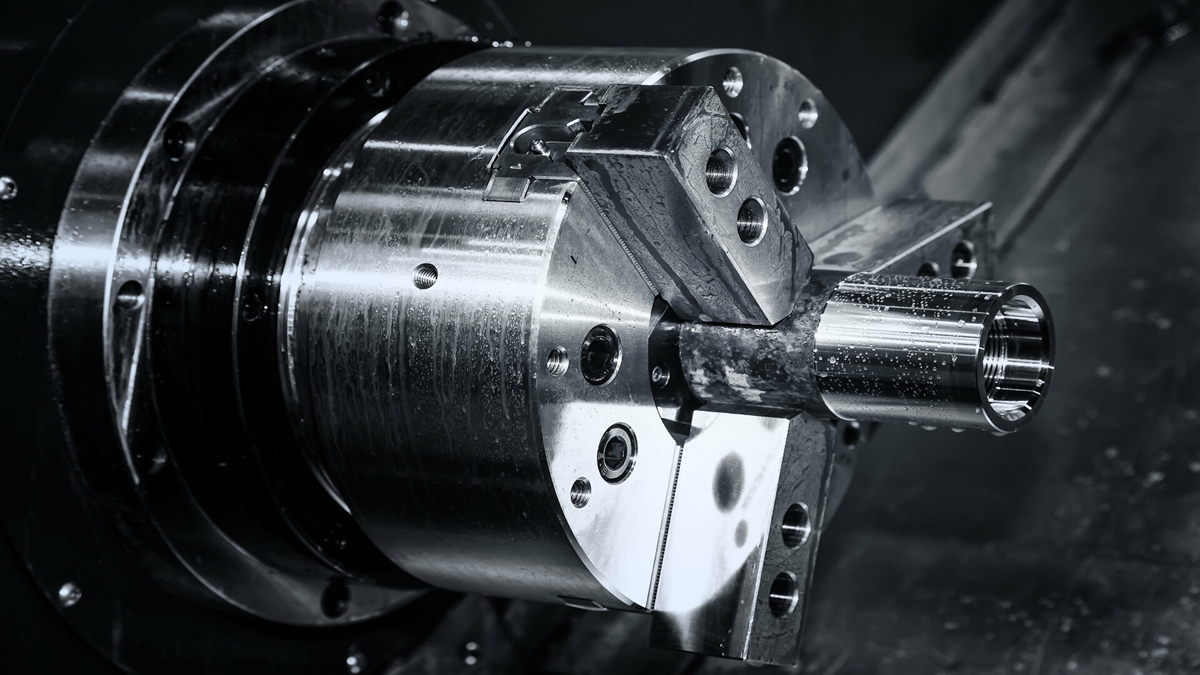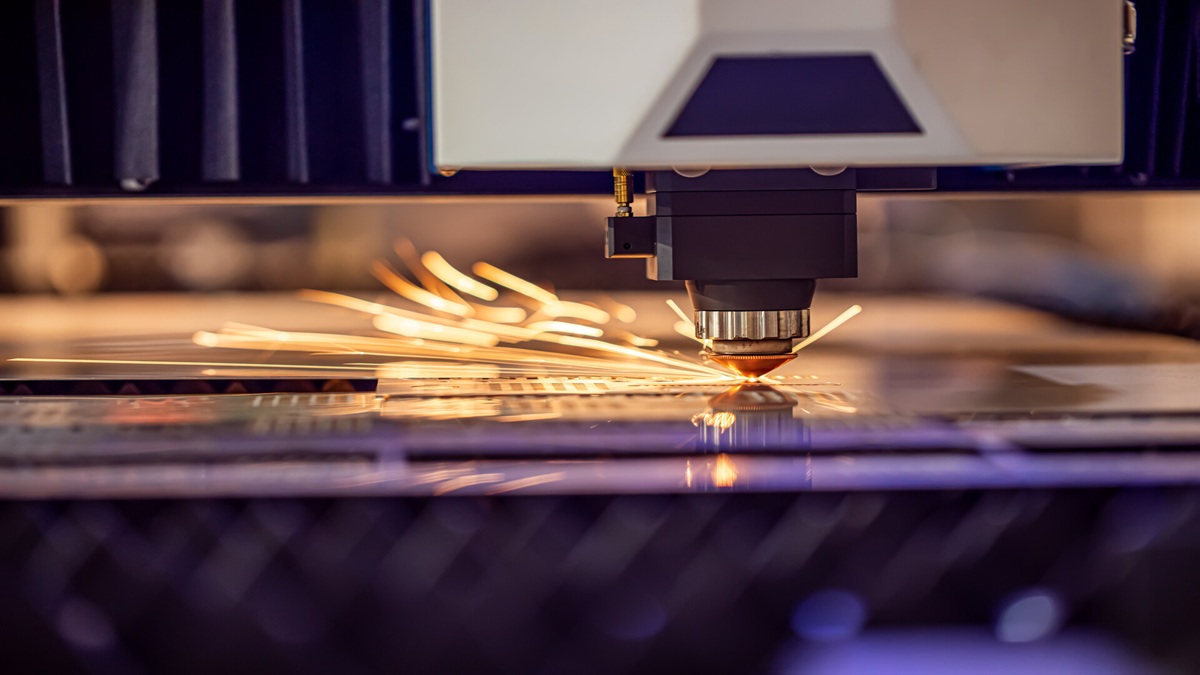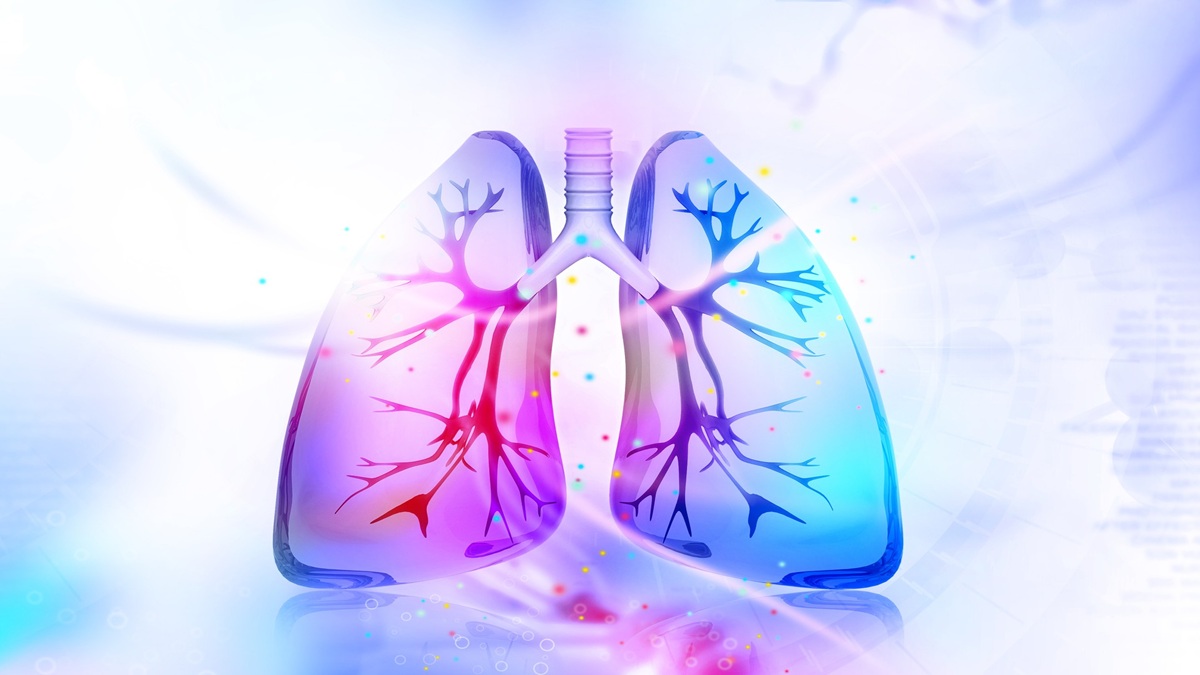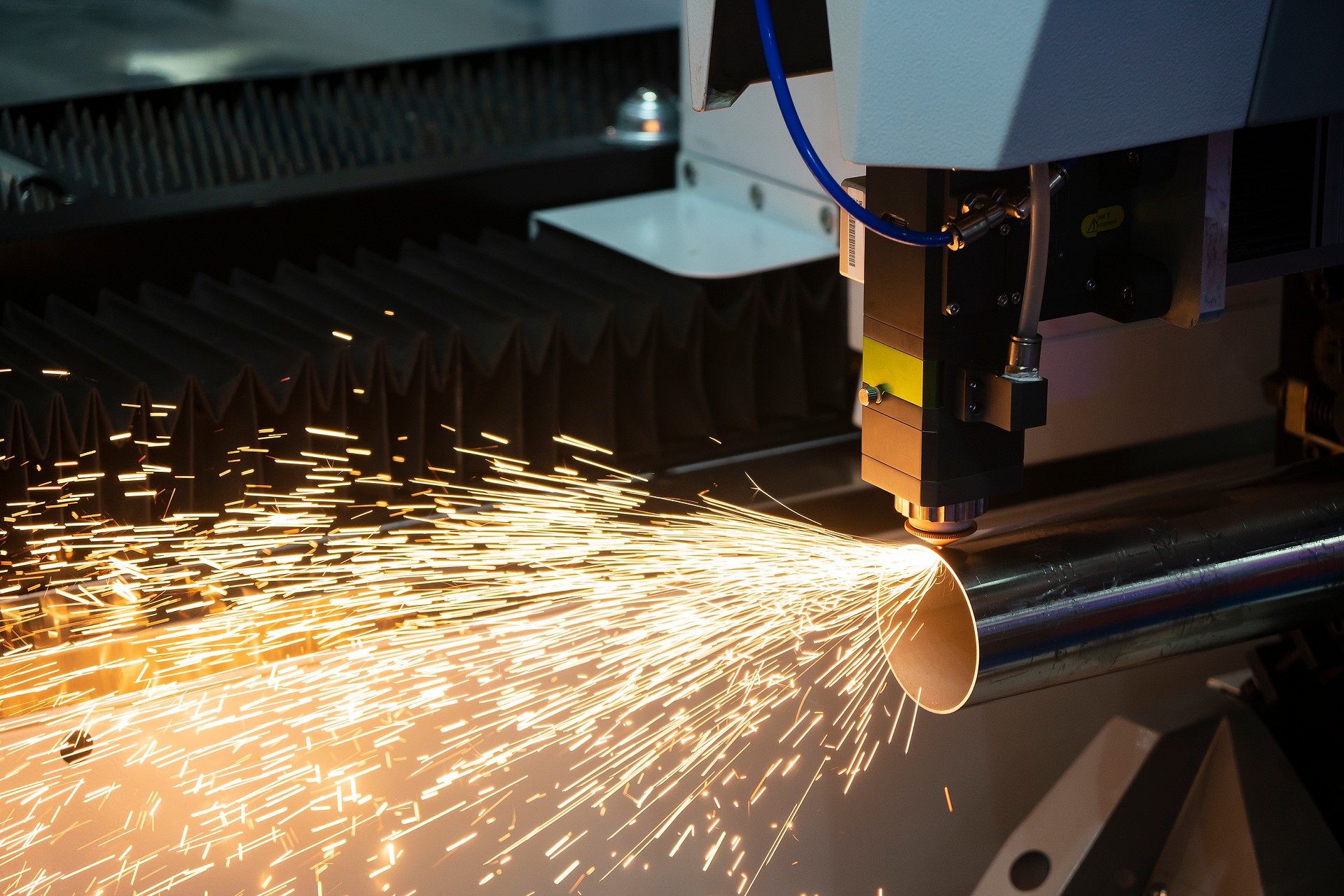Lotus leaves after rain shed water droplets without a trace; delicate spider silk is stronger than steel. These are not coincidences but exquisite designs evolved by nature over millions of years. The textile industry is learning from this great designer—nature itself—through biomimicry, transforming natural wisdom into fabrics that perform better and are more eco-friendly.
The Basic Principles of Biomimicry
At its core, biomimicry involves imitating the structures and mechanisms found in nature to solve human design challenges. In textiles, one of the most important inspirations comes from “microstructures”—the micro- to nanoscale features on the surface or inside fibers.
This nature-inspired approach not only enhances product functionality but also helps reduce the use of chemical coatings, thereby lowering environmental impact.
Classic Examples: From Nature to Fabric
Lotus Effect:
The lotus leaf surface is covered with nanoscale particles and a waxy layer, creating a unique microstructure that prevents water droplets from sticking. As water rolls off, it carries away dust and microbes, achieving a self-cleaning effect.
This principle is widely applied in outdoor waterproof jackets, self-cleaning tent fabrics, and sports shoe materials, providing excellent waterproof and breathable properties while reducing reliance on traditional chemical waterproofing agents.
Spider Silk Structure:
Spider silk is composed of protein polymer chains arranged in an alternating pattern of crystalline and amorphous regions. This unique structure gives spider silk exceptional strength and excellent elasticity, making it lightweight yet tougher than steel by weight.
The textile industry draws inspiration from this to develop products such as bulletproof vests, military fabrics, and high-strength outdoor ropes.
Recently, genetic engineering techniques have enabled bacteria or yeast to produce spider silk proteins in large quantities, overcoming natural harvesting limitations.
Penguin Feather Structure:
Penguin feathers feature a multilayered structure with densely packed outer feathers that provide waterproofing and inner feathers that trap insulating air layers, maintaining body temperature even in subzero environments.
This design has inspired the development of composite insulating fabrics used in polar expedition suits, ski wear, and diving thermal clothing, making warm clothing lighter and more moisture-resistant while enhancing comfort and functionality.
Technical Challenges and Future Trends
Biomimetic textiles still face several technical challenges. Firstly, fabricating nanoscale structures requires highly precise equipment, resulting in relatively high initial manufacturing costs that limit large-scale adoption.Secondly, biomimetic waterproof and stain-resistant structures tend to degrade after multiple washes, so improving durability is a key focus.
Additionally, the performance of biomimetic designs varies between synthetic and natural fibers, necessitating tailored structural designs based on material characteristics to achieve optimal functionality.
With ongoing breakthroughs in nanofabrication, costs are steadily decreasing, paving the way for broader application of biomimetic structures in everyday apparel, enhancing performance and comfort. The development of biodegradable polymers allows for the integration of biomimetic structures with eco-friendly fibers, balancing function with sustainability.
Moreover, AI is increasingly used to simulate natural microstructures, accelerating new material development and optimization, and significantly shortening development cycles.
Conclusion: A Sustainable Path Inspired by Nature
Nature, after millions of years of evolution, has already provided us with solutions that combine function and beauty. If the textile industry continues to learn from nature, it can create fabrics with superior performance while reducing environmental impact.
Hidden within the water droplets on lotus leaves, the toughness of spider silk, and the feathers of penguins lies the future blueprint for textiles. As we scientifically recreate these natural wonders, the possibilities for textiles truly begin—and this journey of learning from nature has only just started.




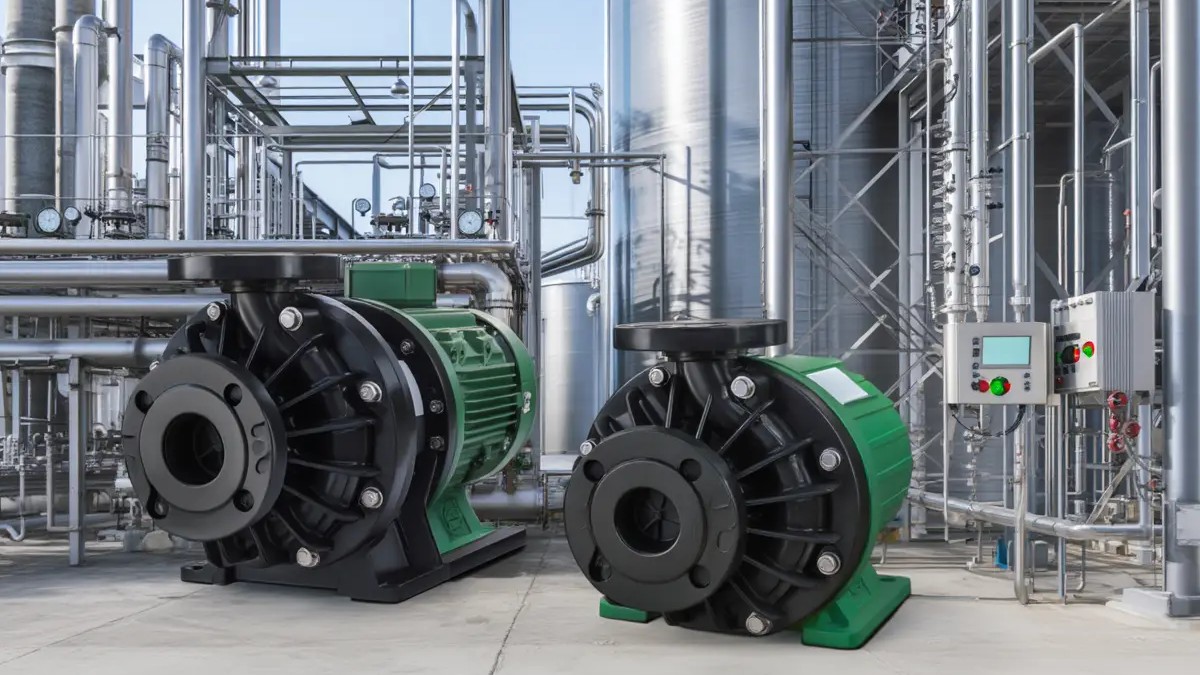
.png)
